10 Facts You Didn’t Know About Anthony van Dyck
Anthony van Dyck, a Flemish Baroque painter of remarkable skill, left an indelible mark on art history. His signature style of refined portraits and...
Jimena Aullet 24 October 2024
Nicolas Poussin is often considered a representative of French Baroque, as he worked in the first half of the 1600s. Yet, his paintings are so different from Rubens‘… Can we still call Poussin a Baroque artist, or should we rather call him a predecessor of Neoclassicism?
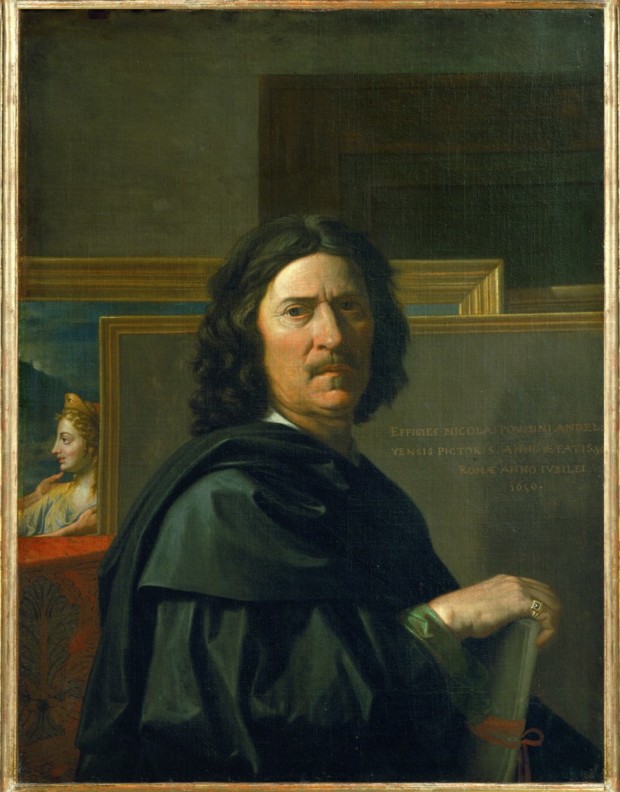
Poussin had an intellectual approach to art, which was adverse to the drama of Baroque. Italian artists influenced his classicizing tendency: Annibale Carracci, Raphael, and the Italian Renaissance masters since Poussin spent most of his life in Rome. Doesn’t this portrait remind you of Titianesque portraits?
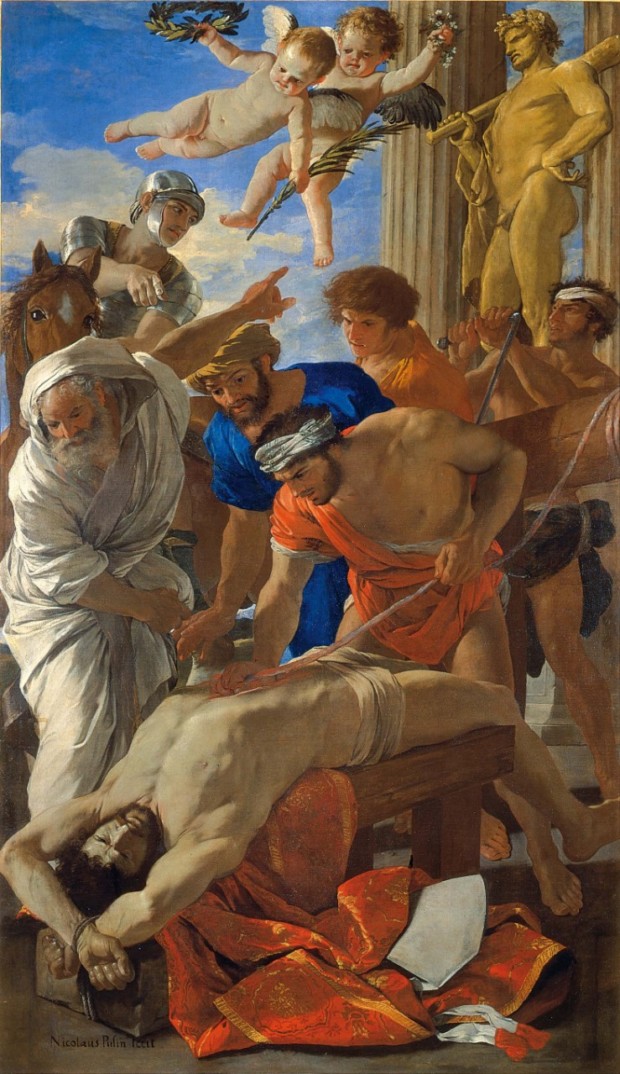
This painting for St. Peter’s Basilica in Rome was a prestigious commission. Its large scale (320×186 cm) added to its starking effect, enhanced by some typically Baroque devices, like composition based on the diagonal, or a gruesome martyrdom scene in its climax as the subject matter. And yet, if we compare Poussin to Caravaggesque Valentin de Boulogne, Poussin’s work is still far more classicizing (look at the use of color and light!).
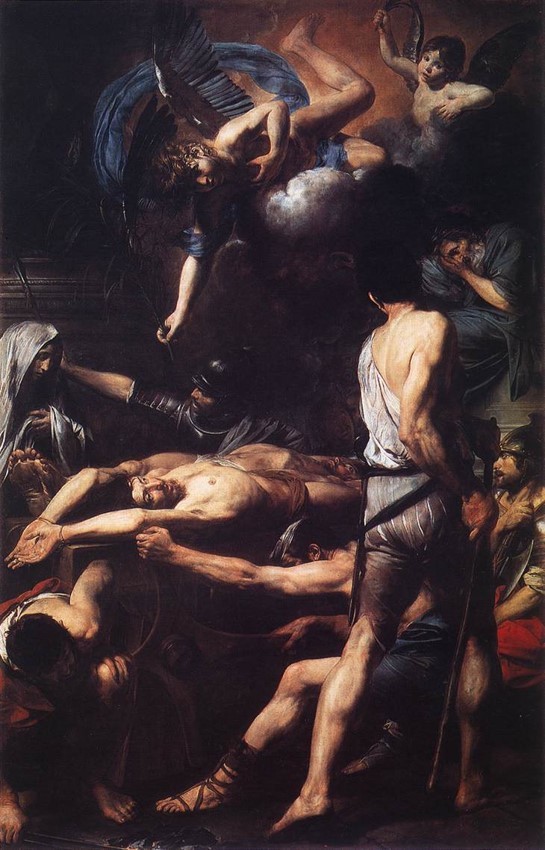
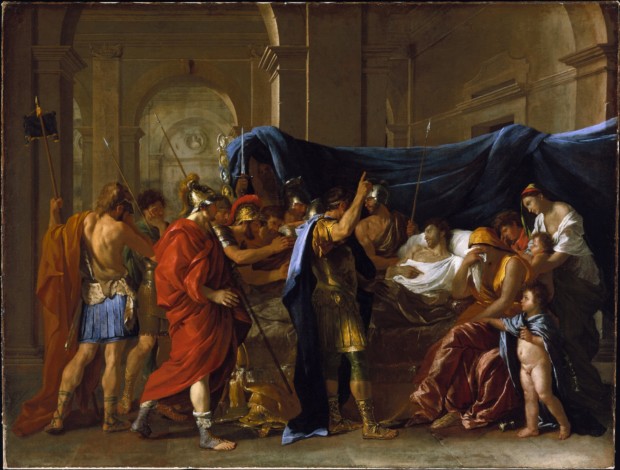
Here Poussin presents a very original subject matter for Baroque, inspired by his studies in his patron’s Cassiano dal Pozzo ‘paper library’. The format of narrating the story through lucid composition, the affetti (different gestures expressing emotions), color, and authentic detail indicate his fascination with the ancients, with the Meleager Sarcophagus and the depictions of the sacrifice of Iphigeneia as direct inspiration (compare the crying woman!). Exactly the same references were made by the eponymous classicist, Jacques Louis David.

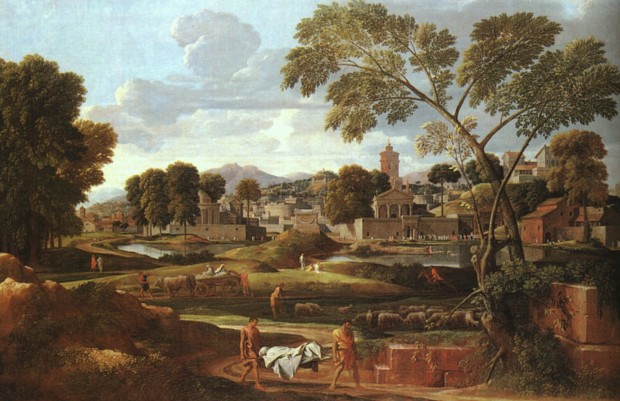
Poussin’s art was largely influenced by the Stoic philosophy, which emphasized the inevitability of death, which would come and strike randomly, even the most virtuous people. The scene subtly conveys this meaning, as it shows the funeral of an exemplary statesman Phocion who was assassinated, with the timeless classical arcadia of the landscape reinforcing this message even more. Some see Poussanian landscape paintings as the founding stone of the European landscape tradition. Yet, don’t you see any resemblance to Carracci’s landscapes? Poussin clearly followed his formula of framing trees, graduated color and light, and stabilizing architecture in the center ground.
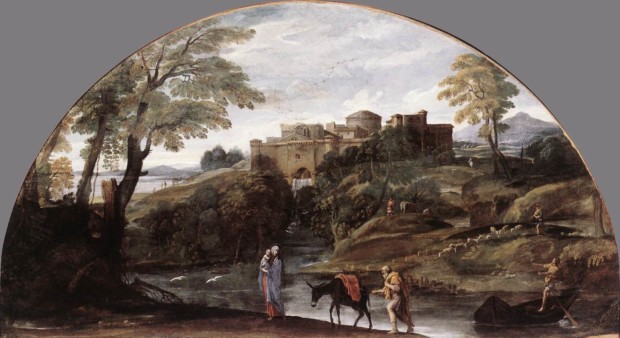
Carracci was one of the fathers of Baroque, while the ancient inspiration was one of the main contributions to Neoclassicism. What do you root for: Baroque or Classicism? What did Poussin represent?
DailyArt Magazine needs your support. Every contribution, however big or small, is very valuable for our future. Thanks to it, we will be able to sustain and grow the Magazine. Thank you for your help!